Autores:
María Belén Albornoz y Ángel Gutiérrez
Abstract:
The public policy of science, technology, and innovation (STI) trajectory in Ecuador and Colombia is well differentiated. In Colombia, STI policy was institutionalized at the end of the 1960s with the implementation of the linear model and assumed a turn towards the Sábato triangle (government-academia-enterprise) in the early 1990s. In Ecuador, however, its institutionalization began only in 2008 with a strong emphasis on the linear model focusing on government-academia relations. This article presents a comparative study of the second-order change of STI public policy in Ecuador and Colombia between 2006 and 2013 through an explanation of policy networks as an independent variable.
Policy networks function as an independent variable enabling us to explain collective processes in decision-making. This is because they allow us to analyze the context of policy change, the regrouping of actors and the displacement of alliances in the processes of influence and domination that are established between groups. As we have seen, there are triggers that contribute to changing the nature of relationships between actors over time. In both Ecuador and Colombia, the policy window of the change of government in 2006 allowed the opening and closing of policy networks and the creation of exclusionary patterns that explain how academia ended up outside the decision-making space in Colombia, and how the private sector remained in the periphery of Ecuadorian networks. These are exclusions which are manifested through political discourses, but mainly through the selection of instruments and strategies chosen by the actors in power (Bressers and O’toole, 1998).
Key words: second-order change; policy networks; science, technology, and innovation studies; comparative analysis; sociograms.
